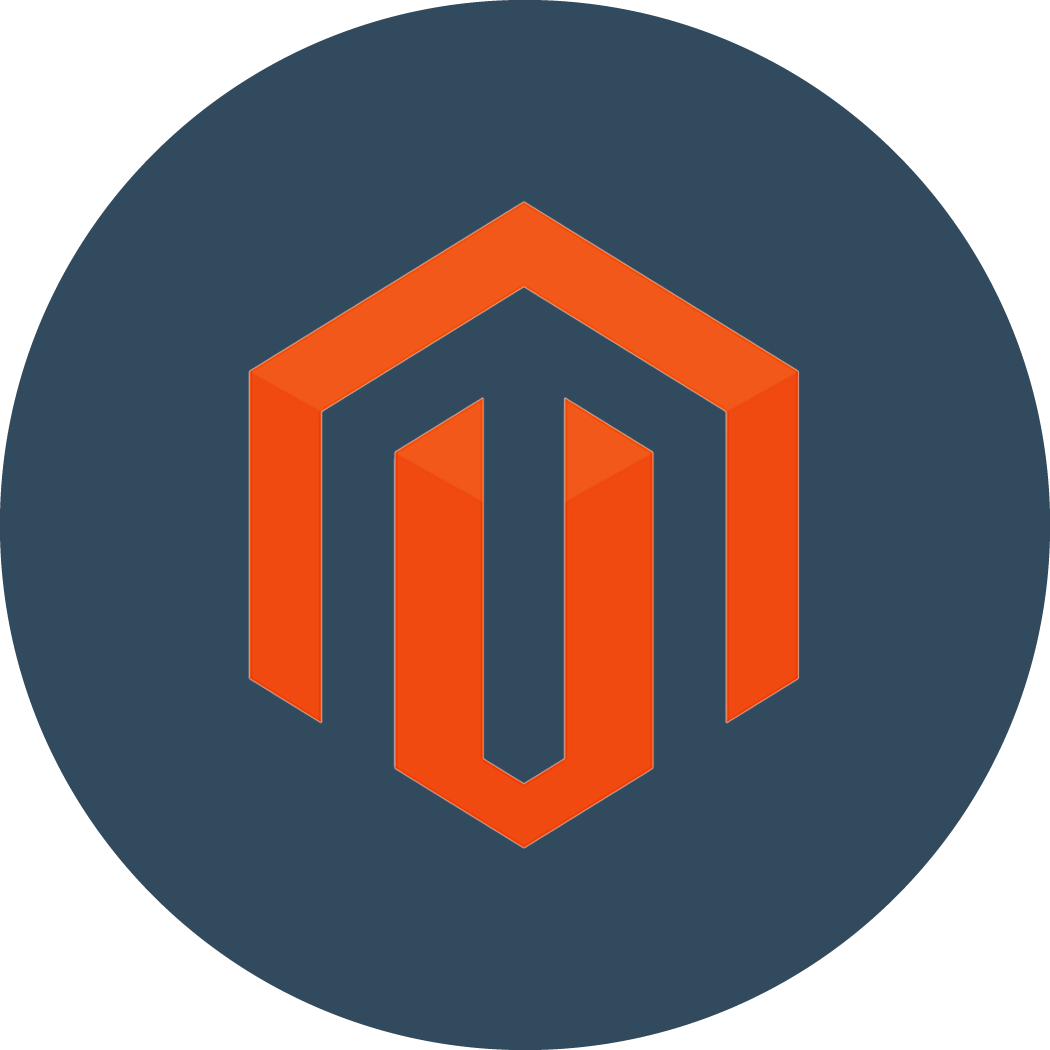E-commerce started to grow strongly in the last 5 years and an increasing number of people buy things online thanks to the convenience, speed, and flexibility of buying online.
So, having an e-commerce is an opportunity for your business nowadays, and guarantees you some advantages.
Having an e-commerce allows you to break down and contain the fixed costs and variable costs of your business, those related to the maintenance of a physical store and its management.
You can sell directly to your customers, without intermediaries intervening by offering remarketing strategies.
In fact, an e-commerce site allows you to keep track of your customer’s behaviors, who visits your online store, who buys, who goes out without buying, who purchases what, the frequency of sight and that of purchase.
Furthermore, you can offer discounts and personalized promotions monitoring and control your warehouse in real time and even more efficiently.
So, an e-commerce site with a content management system (CMS) allows you to control your site’s content quickly and easily, to update inventory and to do some basic administrative tasks like optimizing SEO and integrating payment options.
Until a few years ago, when the e-commerce was still in its infancy, there were only a few means and solutions to create a site for online commerce.
These early platforms were very complex and difficult to use and became quite complicated create a flexible and easy-to-use e-commerce website.
This article will analyze two of the main platforms: Magento and WordPress.
They are both content management systems, highly SEO friendly, easily customizable and have a huge online support community.
Let’s see them in detail:
WORDPRESS

WordPress was born in 2003 and is an open source blogging platform and a content management system. It is the most popular content management system, powering 25% of all the websites worldwide.
The main characteristics of this first platform are: being user-friendly, providing an easy-to-embed plug-in architecture and template customization.
The basic e-commerce functionality in WordPress can be achieved through various third-party plug-ins, such as the popular WooCommerce plugin which works only on WordPress.
WooCommerce is a great solution if you value configuration. You can set up security the way you like and are willing to commit the necessary time and effort and you can extend its functionality with other plugins.
This plugin allows you to manage the catalog, use the most common methods of payment and shipping, manage the warehouse and inventory, make reports and statistics but also calculate taxes and use marketing tools.
So, WooCommerce has everything you need to manage an e-commerce site, it can be installed manually or automatically.
The feature and also the advantage of this powerful plugin is the simplicity of use, customization and the ability to integrate it directly into a site already made with WordPress, without distorting it or having to redesign it.
In fact, the extension works with any CMS theme and can be customized thanks to the already integrated widgets and shortcodes.
If you need any support you can rely on a helpful community because there isn’t any direct support.
The user interface in WordPress is very simple and intuitive allowing inexperienced users to add, create, edit and delete posts and pages of a website in a few minutes.
Security is one of the most important points for an e-commerce online store because is fundamental to guarantee for the users a safe and secure environment when they pay. Regarding security, WordPress is one of the most popular CMS platforms so it is more vulnerable to hacking attacks and other security threats.
Plus, adding too many e-commerce plugins could make your site even more vulnerable.
If the security is a weakness for WordPress, the flexibility is a strength because websites can be quickly extended with an assorted range of plugins to help you convert your simple site into a fully-fledged online store, a social network or a forum.
MAGENTO

Magento is a free and open source dedicated e-commerce platform, is functional and customizable allowing businesses to sell numerous products.
In fact, with Magento, you can set up a multi-vendor online marketplace and sell both physical and digital products.
This platform was born in 2008 when the Californian Company Varien decided to revolutionize the e-commerce world with a new CMS flexible and scalable that allows the creation of these type of websites with multiple features, thanks to its extensions.
Magento includes both the top-quality of customization and functionality support that allows people to incorporate advanced features like one-page checkout, shopping cart, product catalog, and multi-store management.
It also includes many useful advanced e-commerce features, such as product comparisons, product tiers, discounts & coupons and multi-store management.
For the beginners, Magento is quite complicated than WordPress because there are a lot of challenges in terms of managing multiple product categories, product pages, and checkout process.
This is why it’s better to hire a reliable Magento development company that can help you build a successful web store.
Another strong point in favor of Magento for your e-commerce website is the security because it is known for its robust security and highly-fortified features; you don’t need to worry about insecure code and you won’t need to take risks with extra plugins.
Magento offers advanced warehouse management, allows you to create product categories, digitize logistics, integrate with CRM, ERP but also with major marketplaces such as Amazon and eBay.
Magento also boasts accounting and administration functions, an autonomy in content uploading, secure payment systems and the ability to translate your site for different countries.
CONCLUSION
Magento is the best solution if your online shop will contain more than 1000 products, if you need to integrate your store with a POS system, and if you want to have heavy traffic for your store from the beginning.
So, Magento focuses more on e-commerce by selling products online, offering multiple shipping and payments options.
At the contrary, if you have a small budget or have very few products, if you want to have minimal customization to your theme and to add lots of content to your stores, such as a blog you should use WordPress which would be considered the best option for blogging, content marketing, minimal selling and informational content marketing.
More details about Magento
P.S. Thanks for reading this far. This blog article is made with 💓 and we hope you enjoyed it. If the article has been helpful, please continue to follow us for other content, we will do our best. 💪









